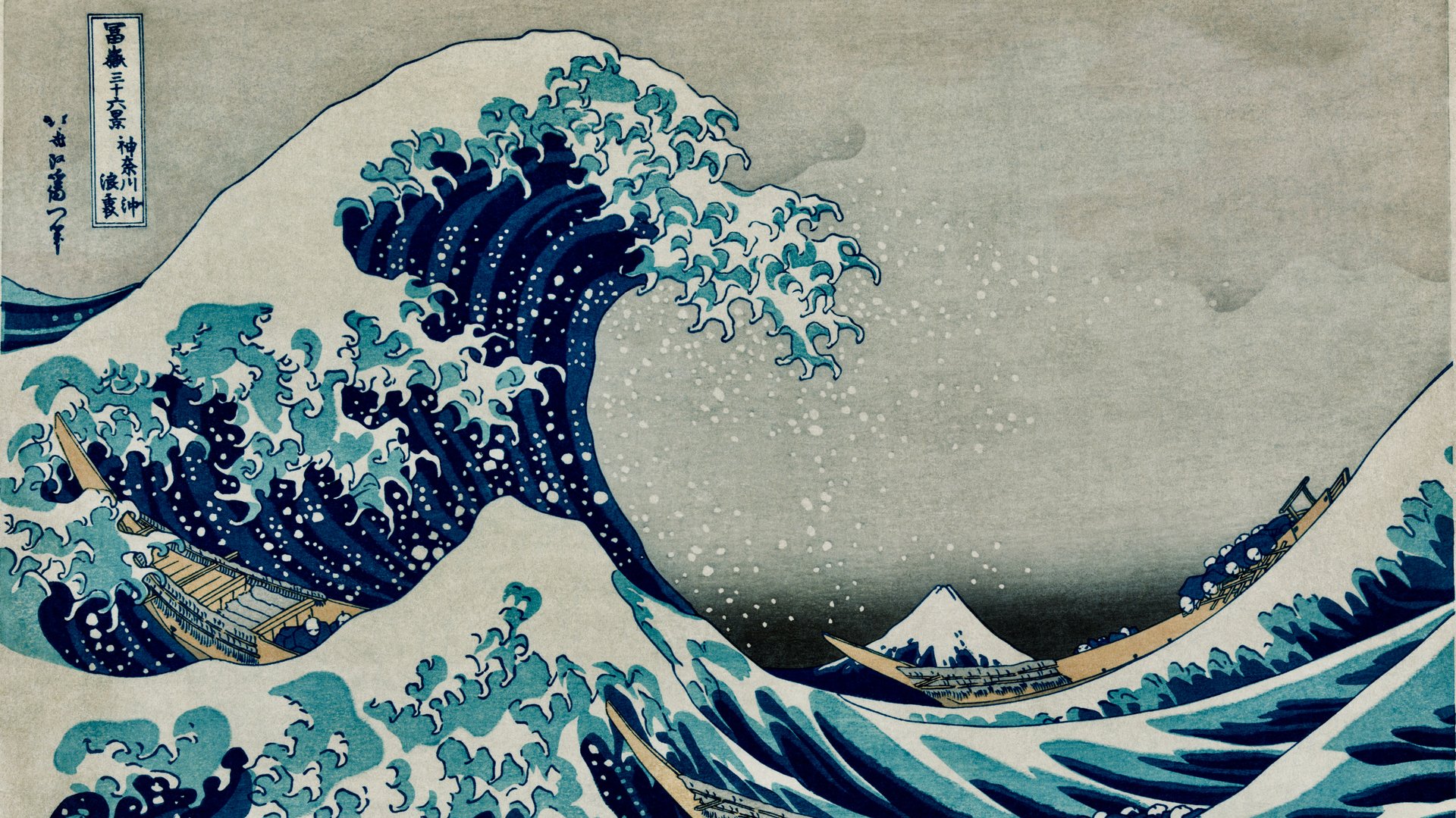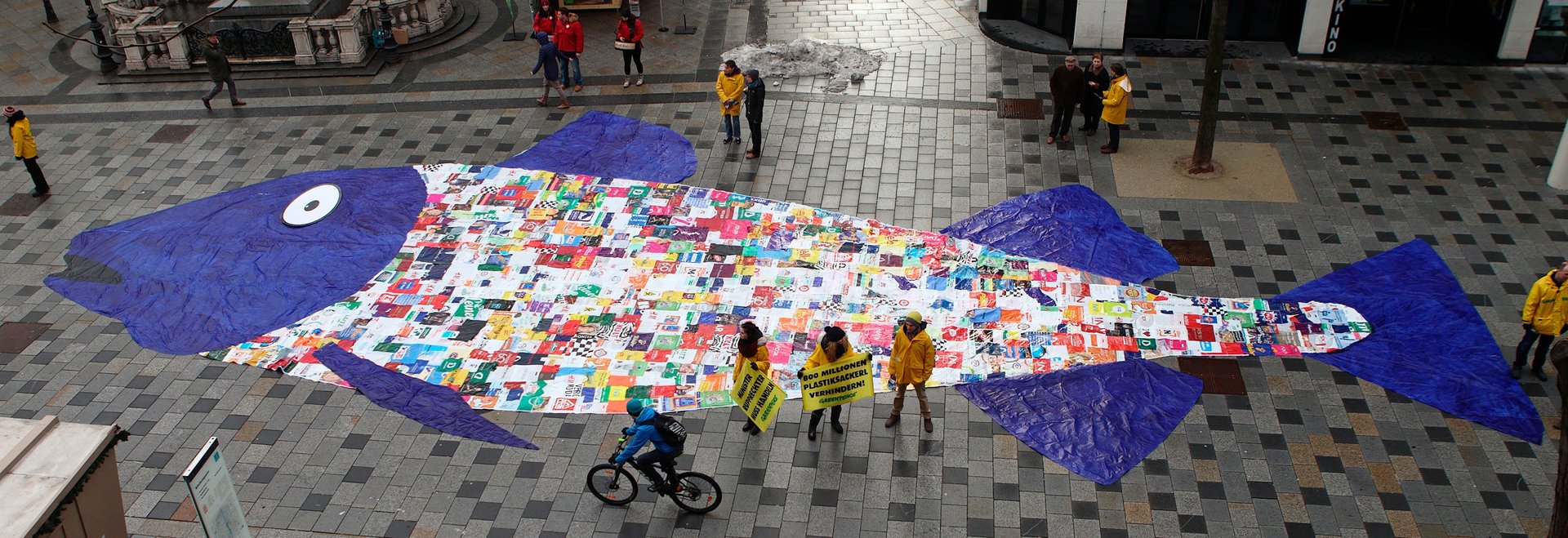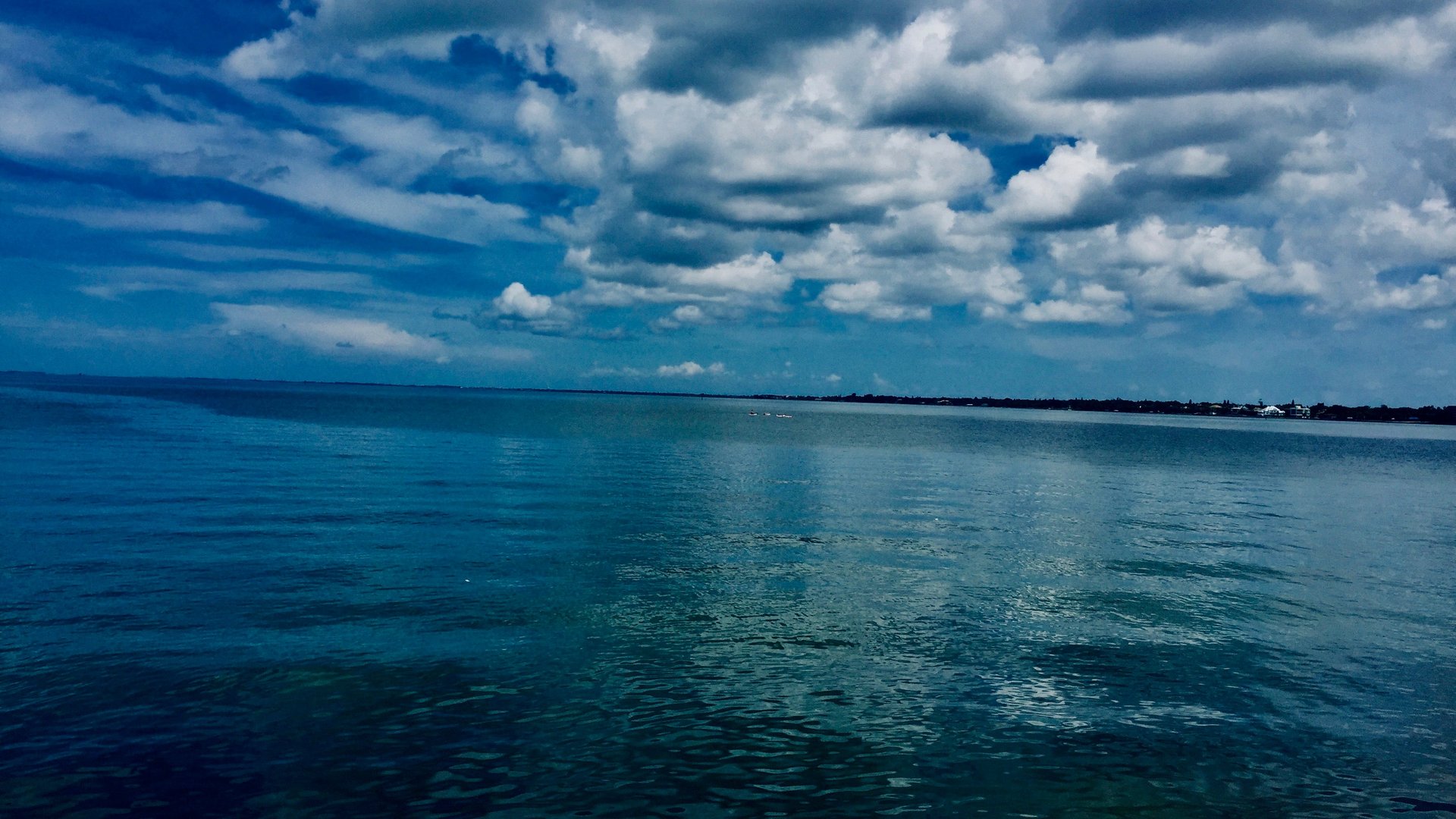On World Oceans Day, the seas are awash in plastic pollution
June 8 is World Oceans Day, an international affair to celebrate the seas and sing their blues. The occasion has been observed since 2002 and is marked by events around the globe aimed at conservation and environmental consciousness-raising. This year, the sad theme is plastic pollution.


June 8 is World Oceans Day, an international affair to celebrate the seas and sing their blues. The occasion has been observed since 2002 and is marked by events around the globe aimed at conservation and environmental consciousness-raising. This year, the sad theme is plastic pollution.
Just as scientists are starting to make sense of the mysteries of the oceans’ depths—we recently discovered what makes the deep-sea dragonfish’s teeth transparent—the world’s waters are under serious threat. Rising temperatures caused by human activities are melting ice caps and pushing sea levels up globally, but there’s more. From shorelines to thousands of feet below the ocean surface, trash is finding its way into the seas and into the bellies of marine animals. Dolphins, turtles, whales, and fish are all ingesting our plastics.

A new study by marine biologists at the Monterey Bay Aquarium in California, reported on in the Atlantic, notes that even in areas that seem clean and environmentally green, the pollution levels are profound. They sampled the waters at 3,200 ft (975 m) in the seemingly pristine waters of the bay only to discover alarming concentrations of microplastics.
“The Monterey Bay is considered a success story. It’s a beautiful place. The sardine and fish population have come back from crashes in the mid-1900s,” Kyle Van Houtan, chief scientist at the aquarium and co-author of the study, told the publication. “However, if you go below the surface, there’s more of a concentration of plastic than where many people consider the dirtiest: the Great Pacific Garbage Patch.”
That comparison is anything but great, of course. The Pacific garbage patch, which lies halfway between Hawaii and California, has the dubious distinction of being the world’s largest accumulation of plastics in the ocean. It’s a shifting mass of trash covering an estimated surface area of about 618,000 sq miles (1.6 million sq km), about twice the size of Texas or three times the size of France, according to marine researchers at Dutch nonprofit The Ocean Cleanup, which develops technologies to pick up the trash. It is one of five spots in the world where litter accumulates and concentrates in the waters due to the currents, and the organization is trying to channel that natural flow to facilitate cleanup in those regions.
The cleaners have their work cut out for them, however. According to the US nonprofit Ocean Conservancy, every year 8 million metric tons of plastics enter the seas, adding to the estimated 150 million metric tons already circulating there. The organization notes on its website, “[T]hat’s like dumping one New York City garbage truck full of plastic into the ocean every minute of every day for an entire year.”
Unfortunately, we’re learning that these visibly filthy regions are just the most obvious manifestations of the plastic pollution problem. Even in the deep reaches of the Mariana Trench in the Western Pacific—where researchers in 2017 for the first time filmed the Mariana snailfish, what is thus far the deepest fish in the sea at 26,600 ft deep (about 8,100 m)—plastic pollution is affecting marine life. To capture this elusive creature’s activities in the nether reaches of the seas where human divers cannot go—the trench is considered the lowest point on Earth—the scientists sunk cameras in traps that took four hours to descend to such depths. Small synthetic fibers and microplastics, it turns out, can be found in the guts of creatures from a sampling at 32,000 ft (about 1,000 m) below the water’s surface.
Indeed, a study by marine biologists from Newcastle University in the UK, published in the Royal Society Open Science in February, found that contaminants had reached all six of the deepest trenches in the Pacific Rim. Microplastics and synthetic fibers were uncovered in 72% of the 90 creatures they examined. “[A]nthropogenic debris is bioavailable to organisms at some of the deepest locations in the Earth’s oceans,” the researchers concluded.

Some environmentalists argue that individuals sipping through plastic straws and drinking bottled water aren’t to blame for the world’s serious environmental woes. As Mary Annaise Heglar of Natural Resources Defense Counsel noted in Vox this week, the issues are much bigger than our personal consumption can account for, and industries must change their destructive habits for the most serious impact to happen.
Still, she urges each person to take action on behalf of a cleaner and greener planet. “We need to broaden our definition of personal action beyond what we buy or use…Take your personal action and magnify it into something bigger than what kind of bag totes your groceries,” Heglar writes.
Personal action is precisely what the organizers of World Oceans Day want to encourage as well, on June 8 and beyond. Certainly you won’t stop climate change by swapping a plastic bag for a cotton tote, but every stray bag, bottle, and straw that you remove from a beach or the sea at least helps to ensure that bit of litter doesn’t end up in a creature’s belly, which is just one reason why cleanups are planned around the globe on this occasion.
The World Oceans Day website offers plenty more motivation, explaining, “A healthy world ocean is critical to our survival…The ocean is important because it generates most of the oxygen we breathe, helps feed us, regulates our climate, cleans the water we drink, offers a pharmacopoeia of medicines, [and] provides limitless inspiration.”
A shorter version of this post was originally published in the weekend edition of the Quartz Daily Brief newsletter. Sign up for it here.